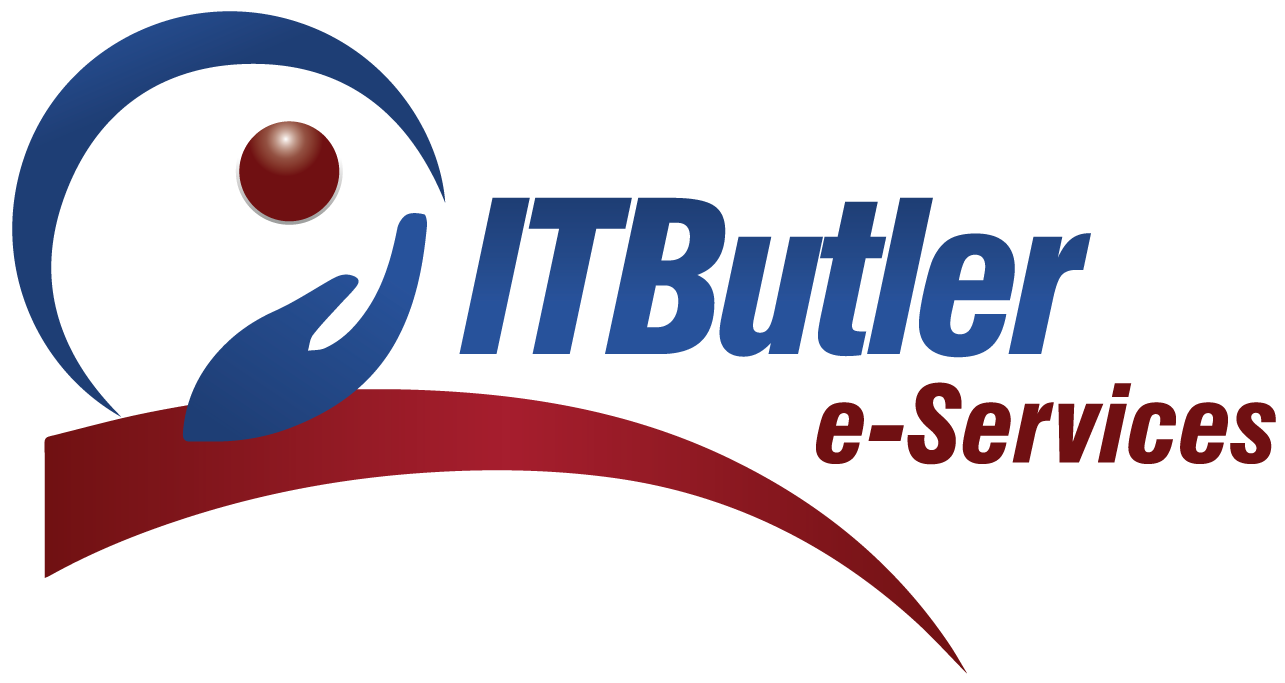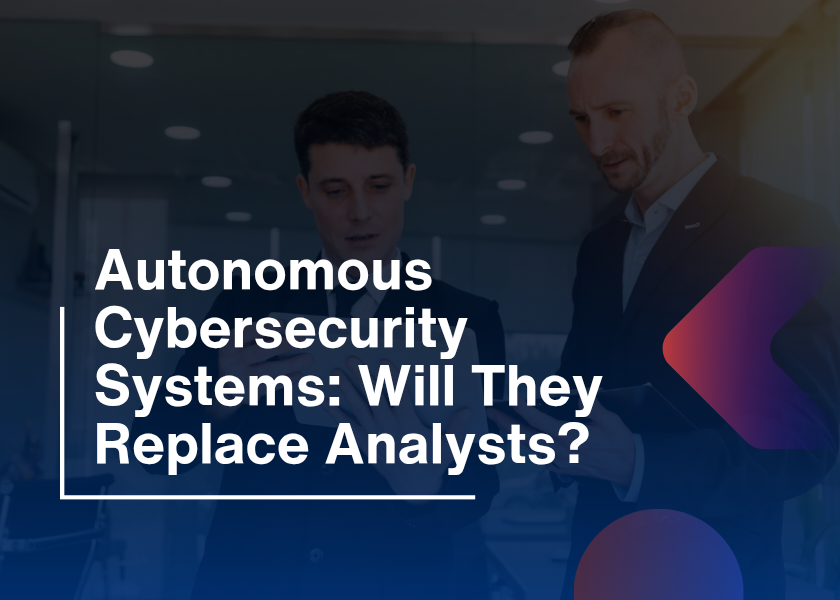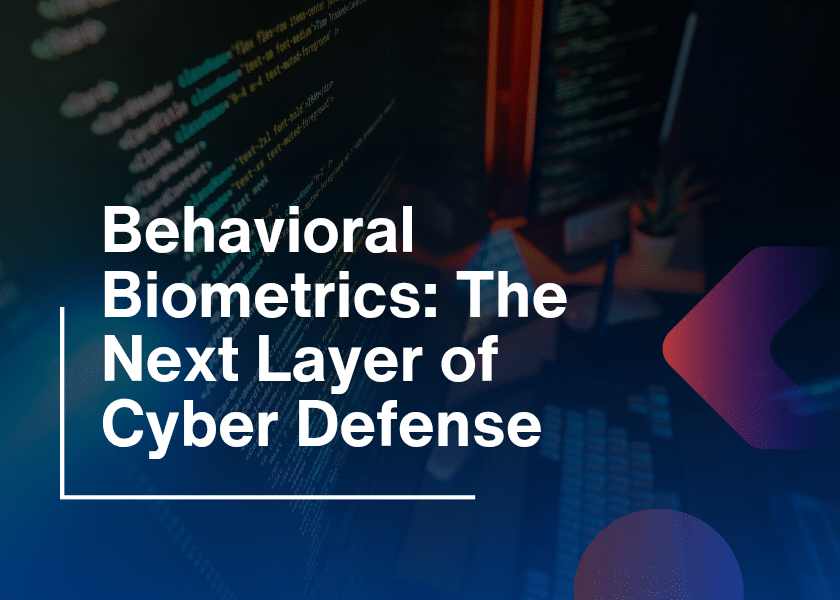In today’s digital age, small businesses are increasingly becoming targets of cyberattacks. From phishing scams to ransomware, the threats are real and growing. However, many small business owners still ask: How much does cybersecurity cost for small businesses? The answer isn’t as simple as a flat number. Because the costs vary depending on your company’s size, industry, and the level of protection required. Let’s break it all down from pricing to what services you need so you can secure your business without breaking the bank.
Cybersecurity Costs for Small Businesses
Knowing the reasons for serious cybersecurity costs for small businesses is crucial. There is a widespread belief that cybercriminals mainly target large corporations. That’s simply not true. In truth, small businesses usually have weak security, which makes them simple targets for criminals. So, the results of one single attack can cause significant damage, loss of customers, and ruin a brand’s reputation. Examples of risks are:
- Data that has been taken from customers
- Financial fraud
- Surgery downtime and cancelled procedures
- Legal consequences are coming from not complying
Therefore, rather than deciding if we should invest in cybersecurity, we should be asking ourselves how much to spend.
Reasons for Cybersecurity Expenses Variations
Cybersecurity for small companies might cost just a few hundred dollars or reach thousands of dollars per year, depending on various things.
1. Employment Size
How many of the workers employed at your business have a large impact? If you hire more employees, you need to increase your device and data security. Moreover, every new device means more money as proper security tools and updates are still needed.
2. Data Sensitivity
You also need to think about how sensitive the data can be. If your business manages sensitive data, you will have to take stronger security measures. Furthermore, higher security for this data calls for stronger tools and increased monitoring, but both cost more.
3. Compliance Requirements
In finance, healthcare, and e-commerce, strict rules like PCI-DSS or HIPAA must be followed. Because of these rules, you must pay for more security measures and audits, which increases your cybersecurity costs for small businesses.
4. Kind of Infrastructure
The infrastructure you depend on in your business plays a role in your cybersecurity expenses. Because clouds, local servers, and combos use different technologies, they need separate methods of monitoring and protecting information. Therefore, special steps may be required for cloud security and physical servers need different protection too.
5. Risk Tolerance
Also, whether your company is willing to take risks matters for decisions on how much cybersecurity to invest in. For some companies, using basic antivirus software is enough, but others spend on dedicated security services to respond quickly to threats. Your security needs will affect how much you’ll need to pay for the system.
Average Cybersecurity Costs for Small Businesses
Let’s look at what typical small businesses pay for cybersecurity services, both in DIY setups and with professional providers.
1. Basic Cybersecurity Tools
For very small businesses (1–5 employees), you might start with:
- Antivirus software
- Firewall/router with built-in security
- Secure email provider
This level offers minimal protection and is best suited for freelancers or solo entrepreneurs.
2. Managed Security Services
Managed Service Providers (MSPs) or cybersecurity firms offer packages that usually include:
- Endpoint Protection
- Network Monitoring
- Patch Management
- Data Backups
- Incident Response Planning
Furthermore, this option is ideal for growing small businesses that want professional help without hiring in-house staff.
3. Advanced Services
If your business needs higher-level protection, the cost goes up. Services may include:
- Security Operations Center (SOC) Access
- Penetration Testing
- Employee Training Programs
- Compliance Audits
While this might seem expensive, it’s still far cheaper than recovering from a data breach.

Hidden Costs You Should Know About
Cybersecurity isn’t just a one-time fee. There are often hidden or ongoing costs, such as:
1. Employee Training
Cybersecurity awareness training is essential. Costs range from $20–$50 per employee/year, but are worth it to prevent human error.
2. Incident Recovery
If you’re hacked, the recovery process can cost thousands, even if you already have protection in place. In addition, forensic investigations and PR efforts add to the cost.
3. Software Updates & Licenses
Some tools have recurring annual or monthly licensing fees. Always factor this into your budget.
Money-Saving Tips for Small Business Cybersecurity
Staying safe doesn’t always mean spending a fortune. Here’s how you can reduce your cybersecurity costs for small businesses without compromising security:
- Bundle Services: Firstly, look for bundled packages from MSPs that offer multiple services at a discounted rate.
- Cloud-Based Solutions: Many cloud services have built-in security. Google Workspace and Microsoft 365, for example, offer decent baseline protections.
- Train Your Team: Additionally, teach employees to recognize phishing, use strong passwords, and update software. Human error causes 90% of breaches, so this step is crucial.
- Start Small and Scale: Begin with basic tools and grow your security as your business scales. You don’t need everything at once.
Cost Comparison
To sum up, cybersecurity for small businesses usually costs between $200 and $20,000 a year. However, the price depends on your business size, industry, and how much protection you need. It may seem expensive, but it’s much cheaper than fixing problems after a cyberattack.
What should you do next? Start with a security check or free consultation, many providers offer this to help you understand your needs. Then, get basic tools like antivirus, firewalls, backups, and multi-factor authentication. Also, train your employees because most attacks happen from simple mistakes. Training is low-cost but very helpful. As you can see, outsourcing is usually more affordable and flexible for small businesses.
What Services Should Small Businesses Prioritize?
Not all businesses need every tool. However, there are must-haves for almost everyone:
- Antivirus & Anti-malware: Blocks common threats before they infect your system.
- Firewalls: Act as a barrier between your internal network and outside threats.
- Secure Backup Solutions: Keeps your data safe and recoverable during attacks or hardware failure.
- Multi-Factor Authentication (MFA): Adds another layer of security beyond passwords.
- Employee Training: Your best defense against phishing and social engineering.
Industry-Specific Cybersecurity Costs
Your business type also plays a role in pricing.
- Healthcare Practices: Require HIPAA-compliant systems. Costs are usually higher due to strict data privacy laws.
- E-commerce Stores: Need secure payment gateways and PCI-DSS compliance.
- Accounting Firms: Handle sensitive financial data and often need audit logs and encryption tools.
Moreover, if you belong to one of these industries, expect to pay 10–30% more for compliance-focused cybersecurity services.
Conclusion
To sum it up, cybersecurity costs for small businesses usually fall between $200 to $20,000 per year. The exact amount depends on your business size, industry, and what level of protection you need. Additionally, it might feel like a big amount at first, but it’s much cheaper than dealing with the damage caused by a cyberattack.
So, what should you do next? You can start by getting a security check or a free consultation. Many providers offer this service to help you know what your business needs. Then, get the most important tools like antivirus software, firewalls, backup systems, and multi-factor authentication. Don’t forget to train your employees, as most attacks happen because of simple mistakes.






